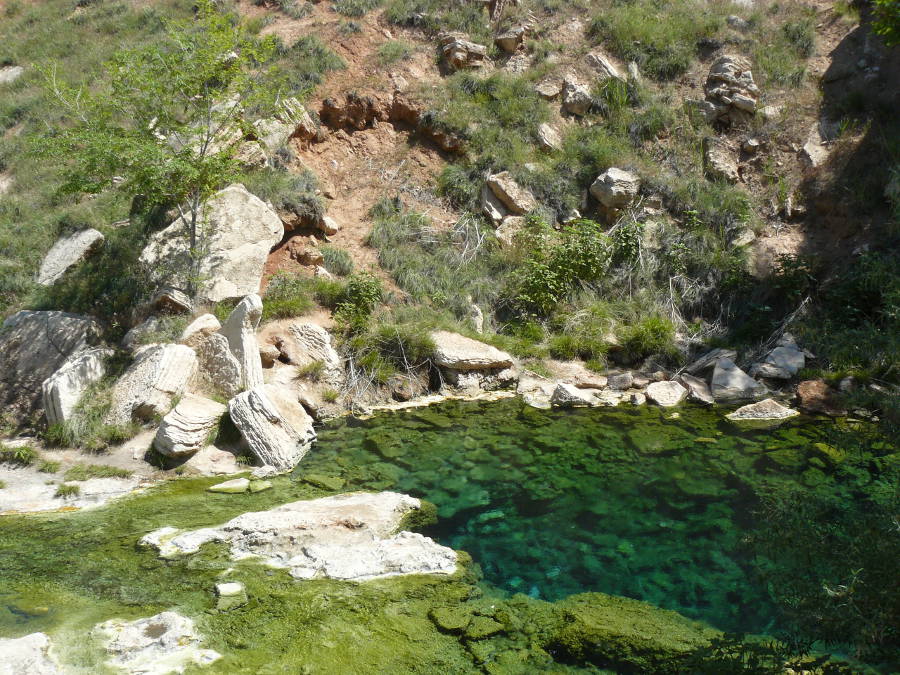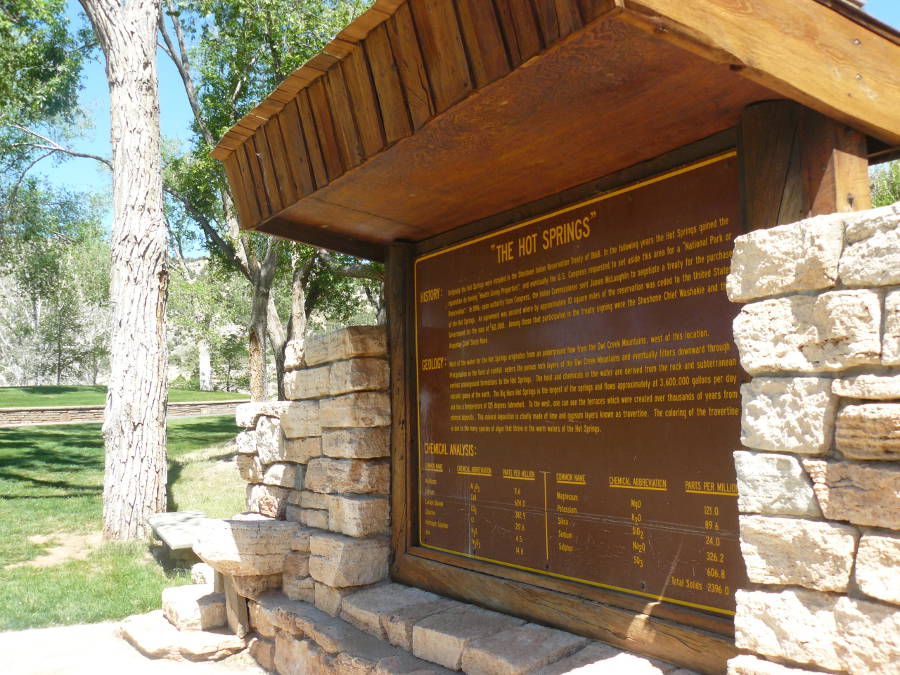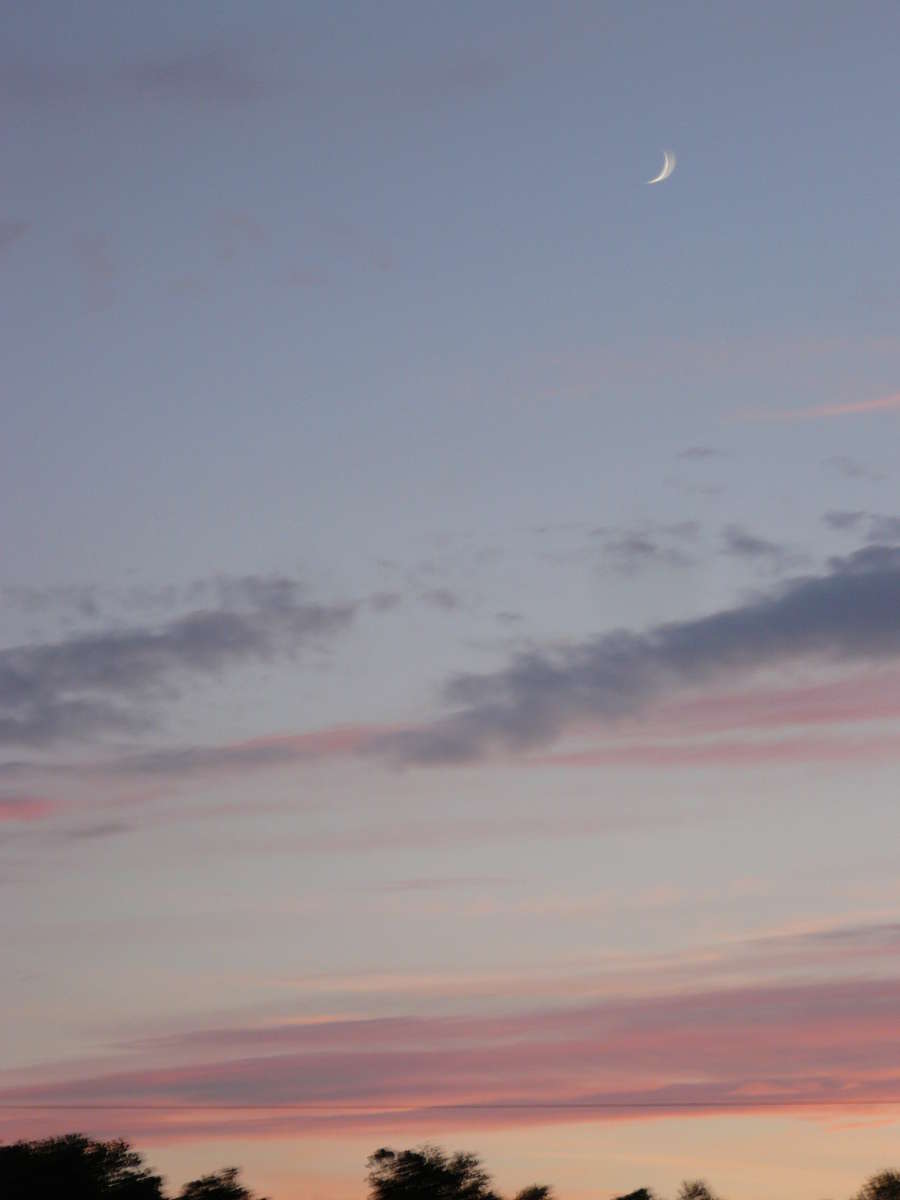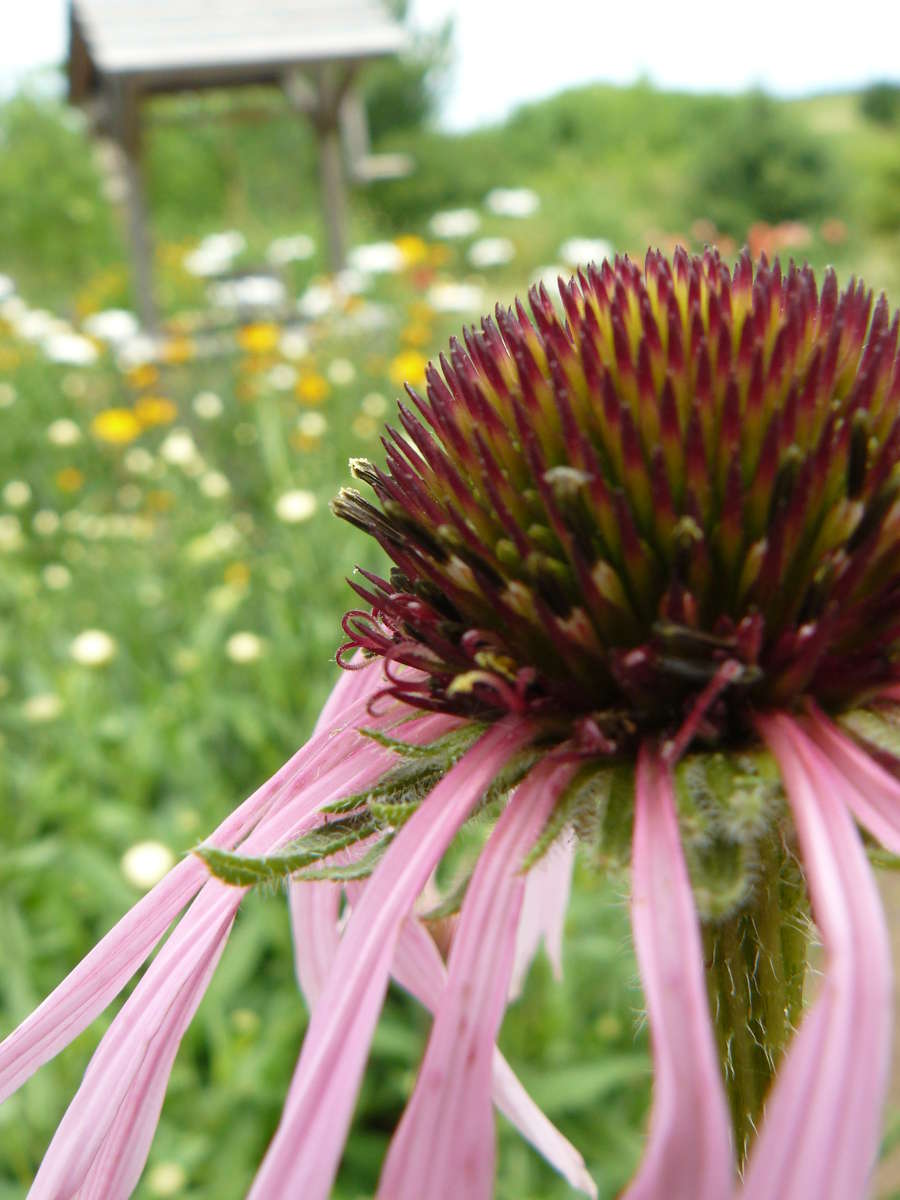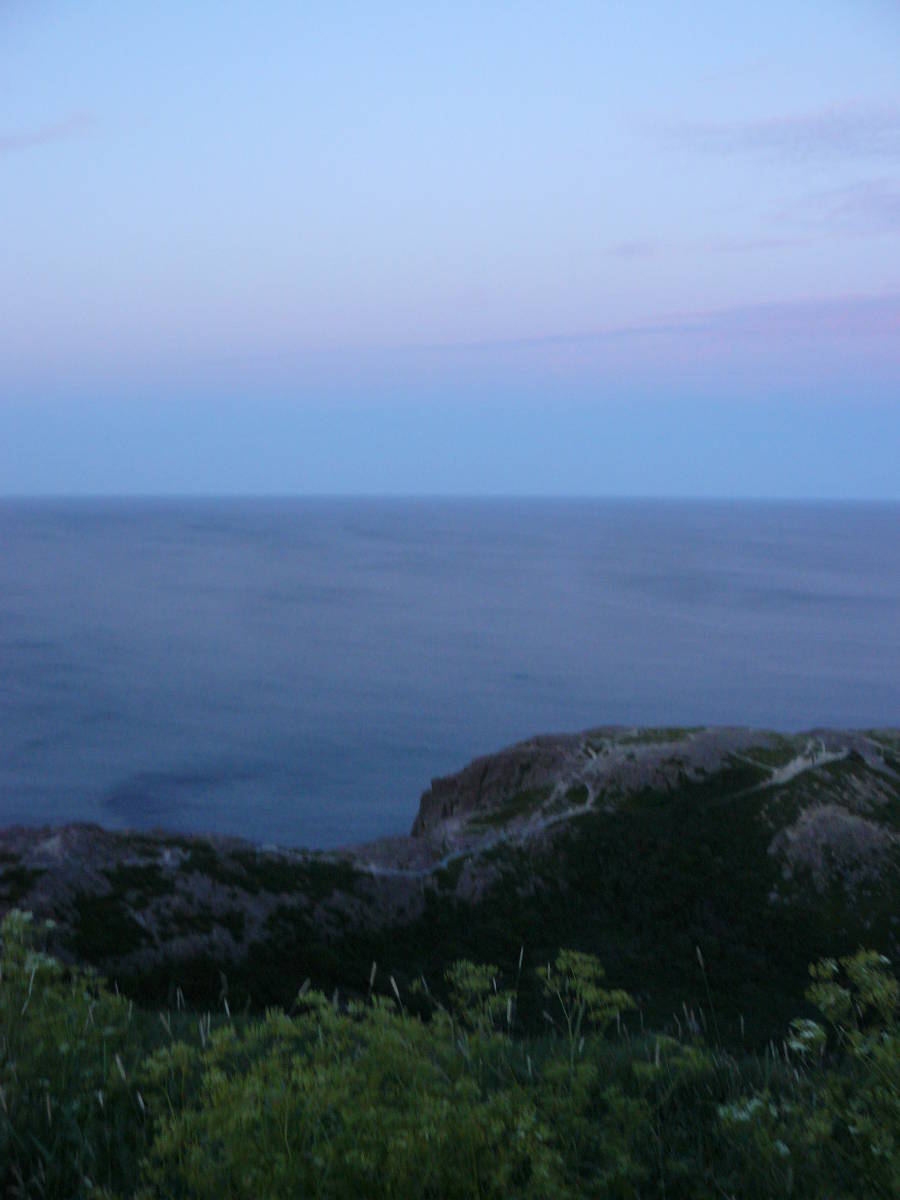 Location Taken: St. John’s, Newfoundland
Location Taken: St. John’s, Newfoundland
Time Taken: July 2012
Next stop, Ireland!
The ocean is a mind-boggling thing. It’s very easy to forget that the water stretching to the horizon continues for hundreds or thousands of miles beyond that line. And tougher to remember that on the other side is other lands, very different from your own.
In this case, it’s not as far as in other places. This is the closest point on North America to Europe, going across the Atlantic Ocean. St. John’s is on the furthest east shore of Newfoundland, the furthest east island considered part of North America (Greenland is closer, but like Iceland, it’s not really affiliated with either continent that strongly).
It was here that the first trans-ocean telegraph cable came to land, the other end thousands of miles away in Ireland. It was an amazingly bold undertaking, laying cable along the ocean bottom for that many miles, but for the first time, the two continents were connected. Travel time for news dropped from months to hours.
It is rather impressive to stand at the spot where that happened and try to imagine how that must have felt. These days we’re used to talking to people on the other side of the world in near real-time, limited only by the speed of light as the signals travel between devices. Then, you would only hear of a child’s birth by the time they were teething. As soon as that first signal made it across, it must have seen like the birth of a new world, connected beyond all previous imagining. In other worlds, the world we live in now.

